INSTRUMENTATION FOR CENTER FOR CRYSTALLOGRAPHIC RESEARCH |
 |
Rigaku Synergy S Dual Source
Single Crystal Diffractometer
The Rigaku Synergy S Diffractometer was purchased with Support from the MRI program by the National Science Foundation under Grant No. 1919565.
Read grant information here.
The CCS had the Rigaku system delivered in February 2020.
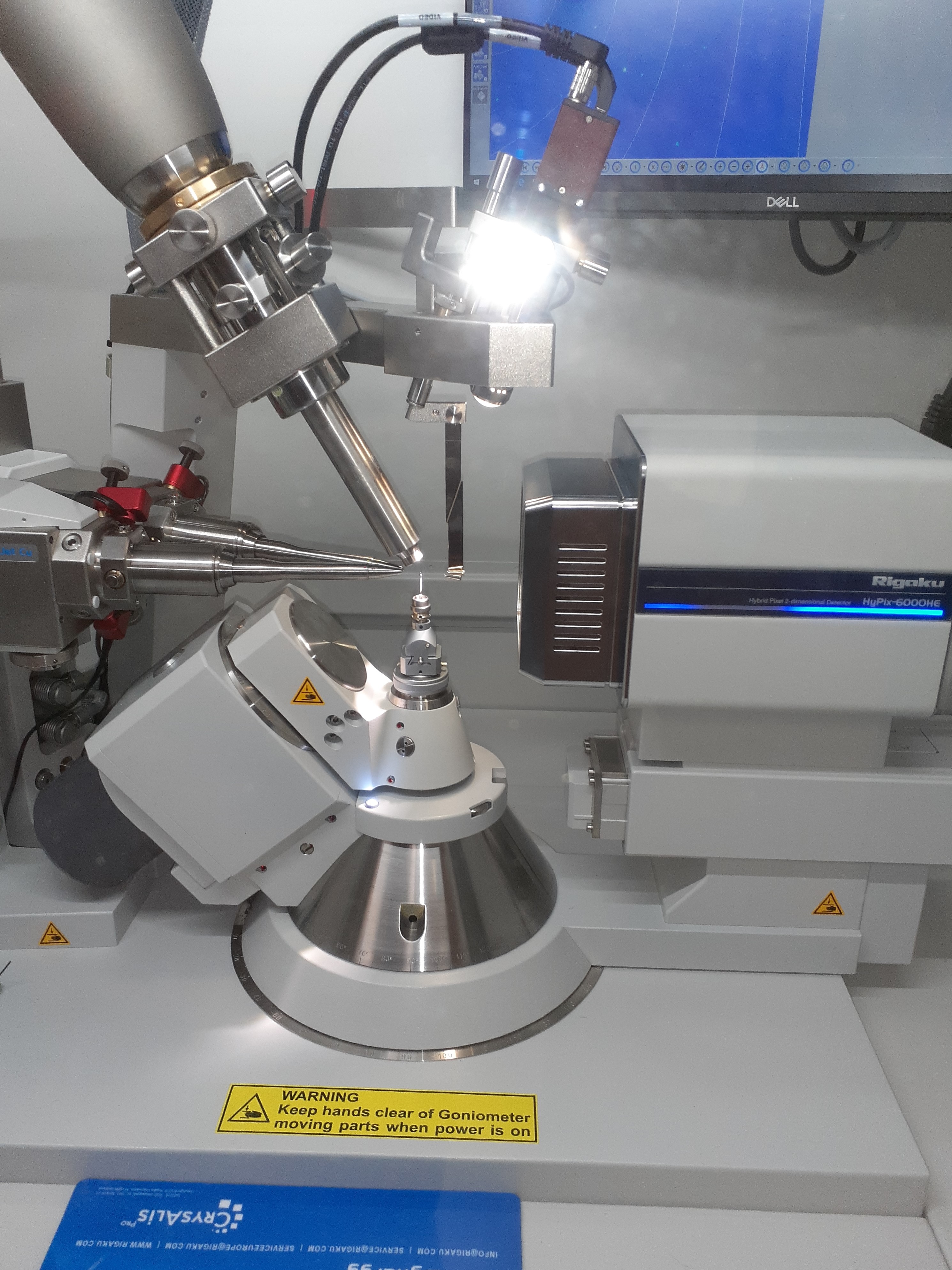 |
The system has a dual microfocus source(Cu and Mo) with a HYPIX Detector, which allows for rapid non-shutter operation. The system has a four-circle goniometer to allow for rapid data collection. This uses an Oxford Cyrosystream 800 series low temperature device. | 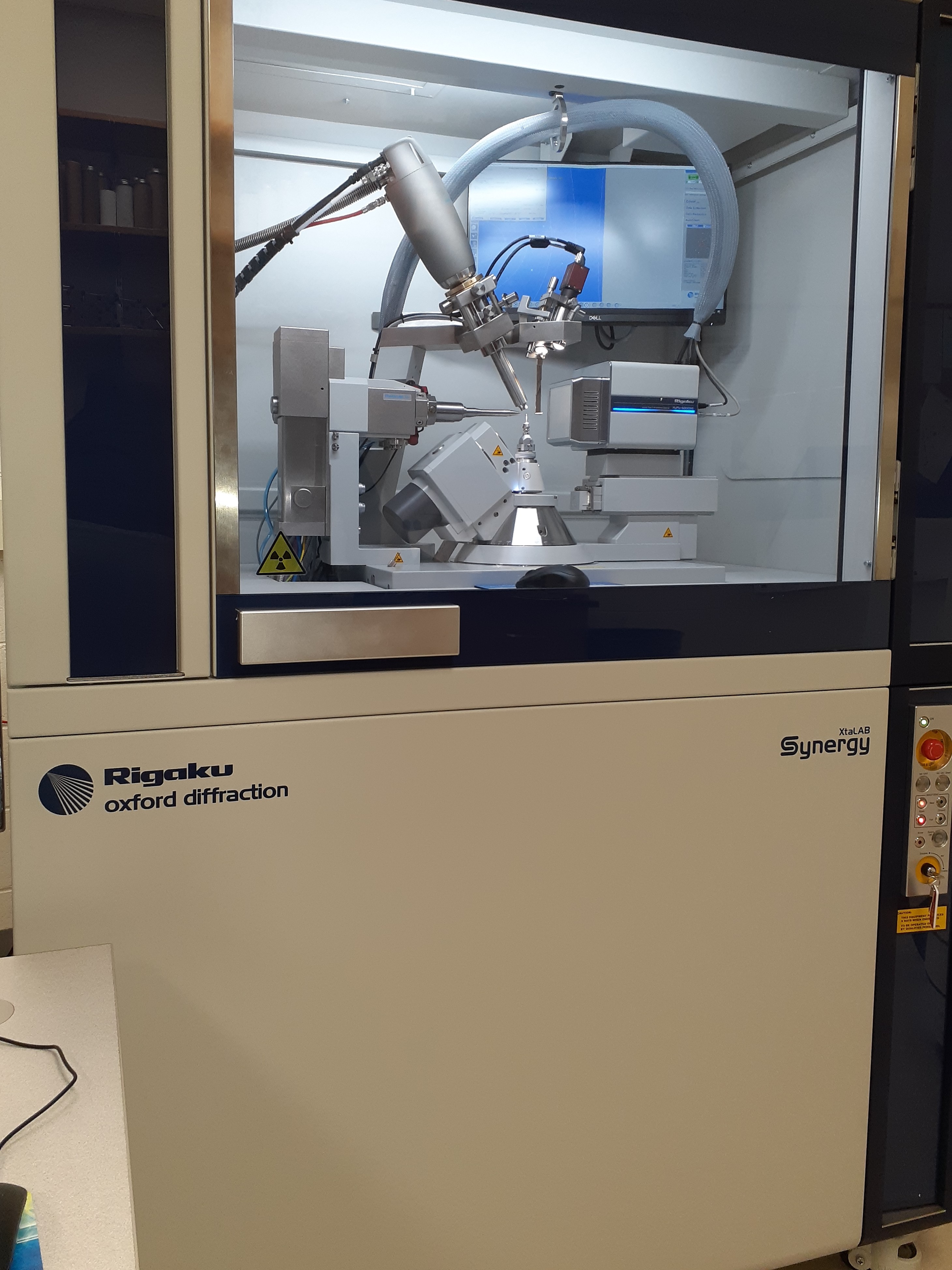 |
High Pressure Rigaku Synergy S Dual Source
Single Crystal Diffractometer
The Rigaku Synergy S Diffractometer was purchased to Support Professor Weiwei Xie in their effort to build a High PRESSURE Research Center at MSU.
The CCS had the Rigaku system delivered in November 7, 2022.
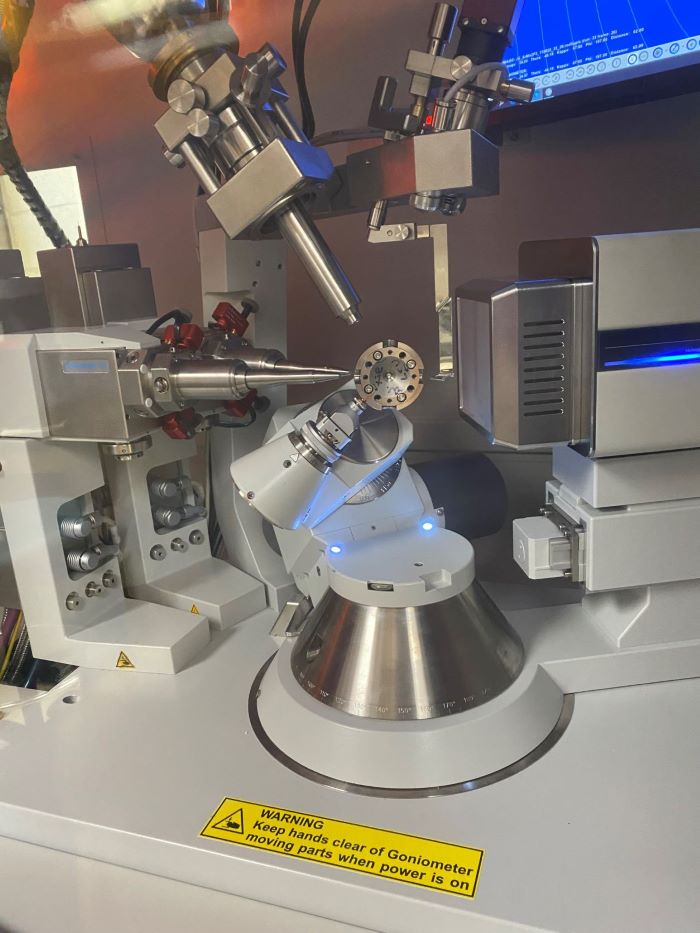 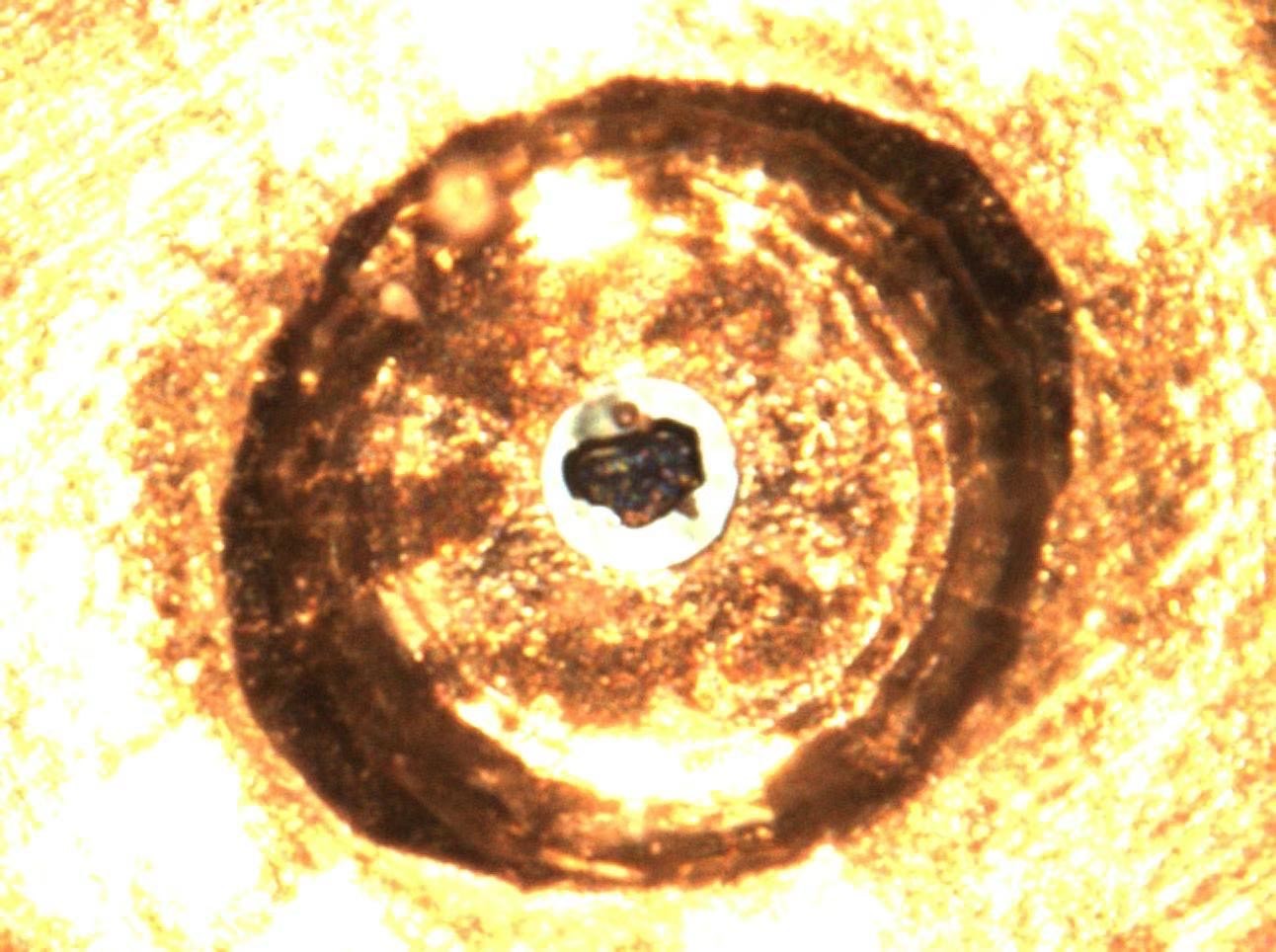 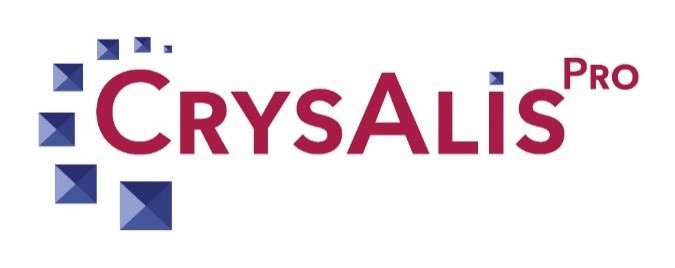 |
|
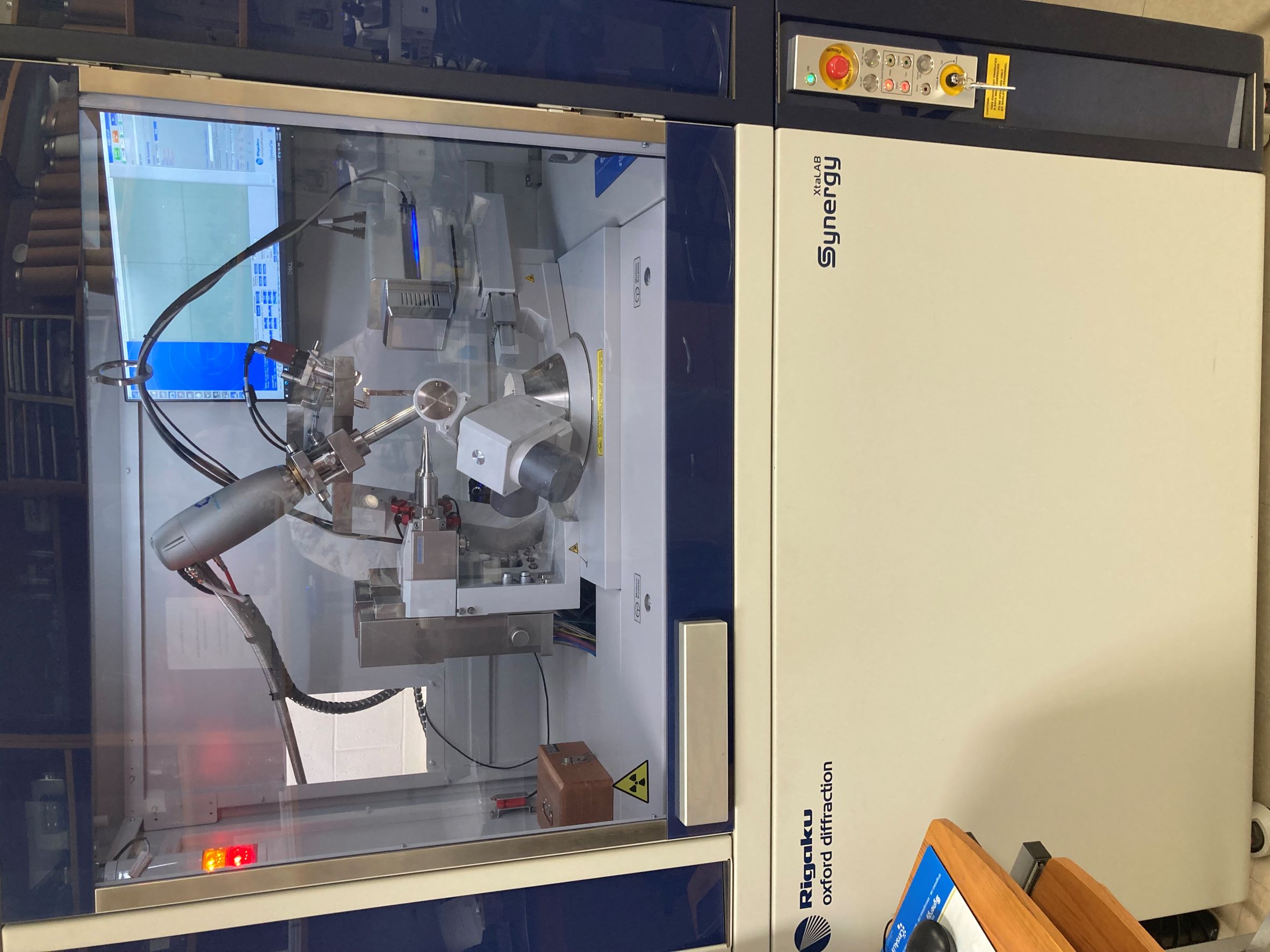 |
Microscopes
The lab has two microscopes for routine mounting of samples. Both microscopes are equipped with a high-resolution color camera to allow viewing of the crystals for teaching and research purposes.
NEW Zeiss Discovery Microscope V20 was purchased with Funds from Dr. James Hoeschele, former MSU Researcher working on cis-Platinum system. Please join us in thanking Dr. James Hoeschele for his generosity! Read article here.
Joining Dr. Rosenberg's team on the carboplatin project were Dr. Michael J. Cleare from the Johnson Matthey Research Center in England and Dr. James D. Hoeschele from Michigan State University. Carboplatin was approved by the U.S. Food and Drug Administration (FDA) as an anticancer drug in 1989 and was initially marketed by Bristol-Myers Squibb under the brand name Paraplatin®.
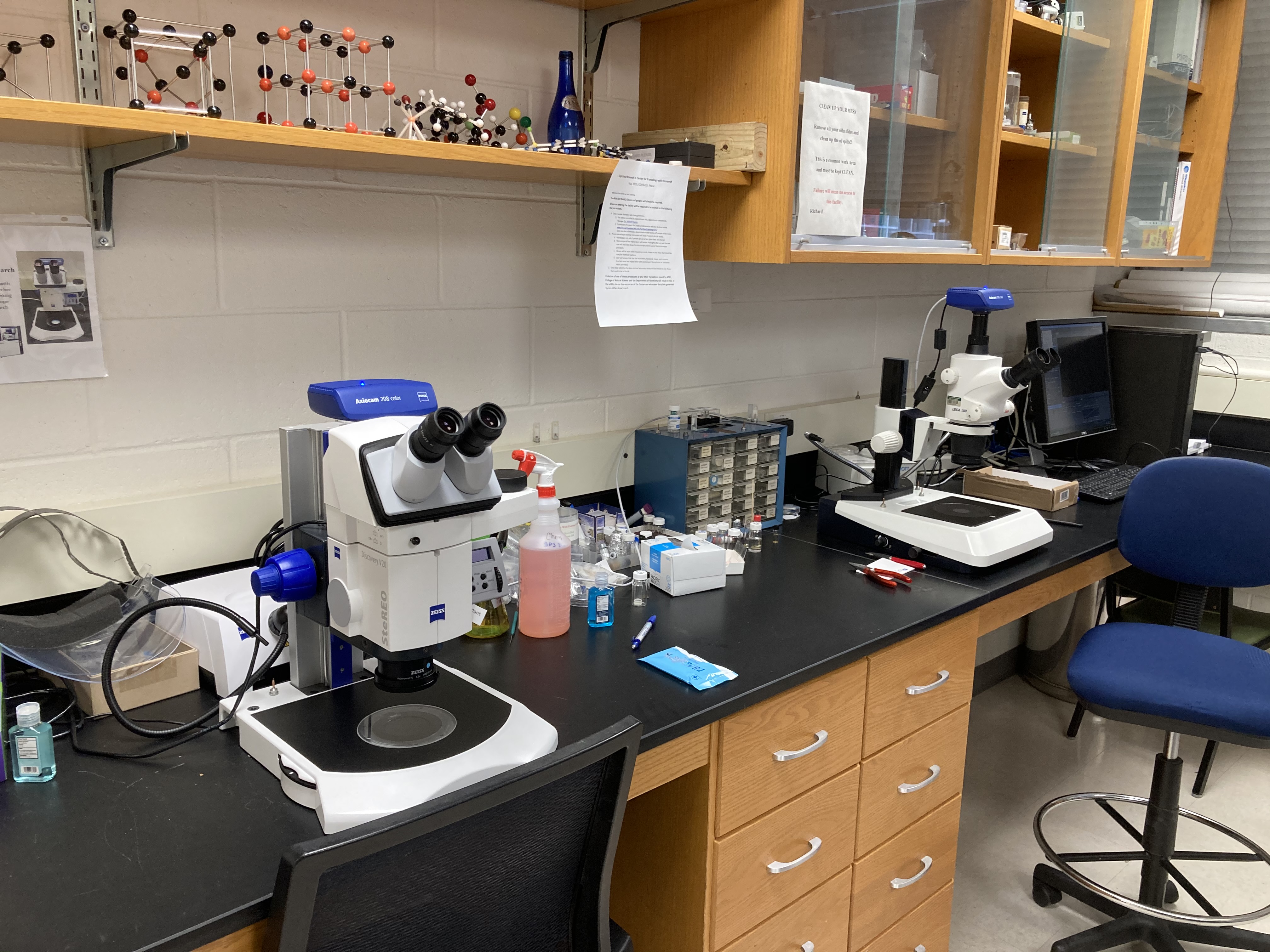 |
This new microscope has a greater magnification and was needed to improve mounting of even smaller crystals made possible by the new instrumentation. |
Bruker Davinci Diffractometer
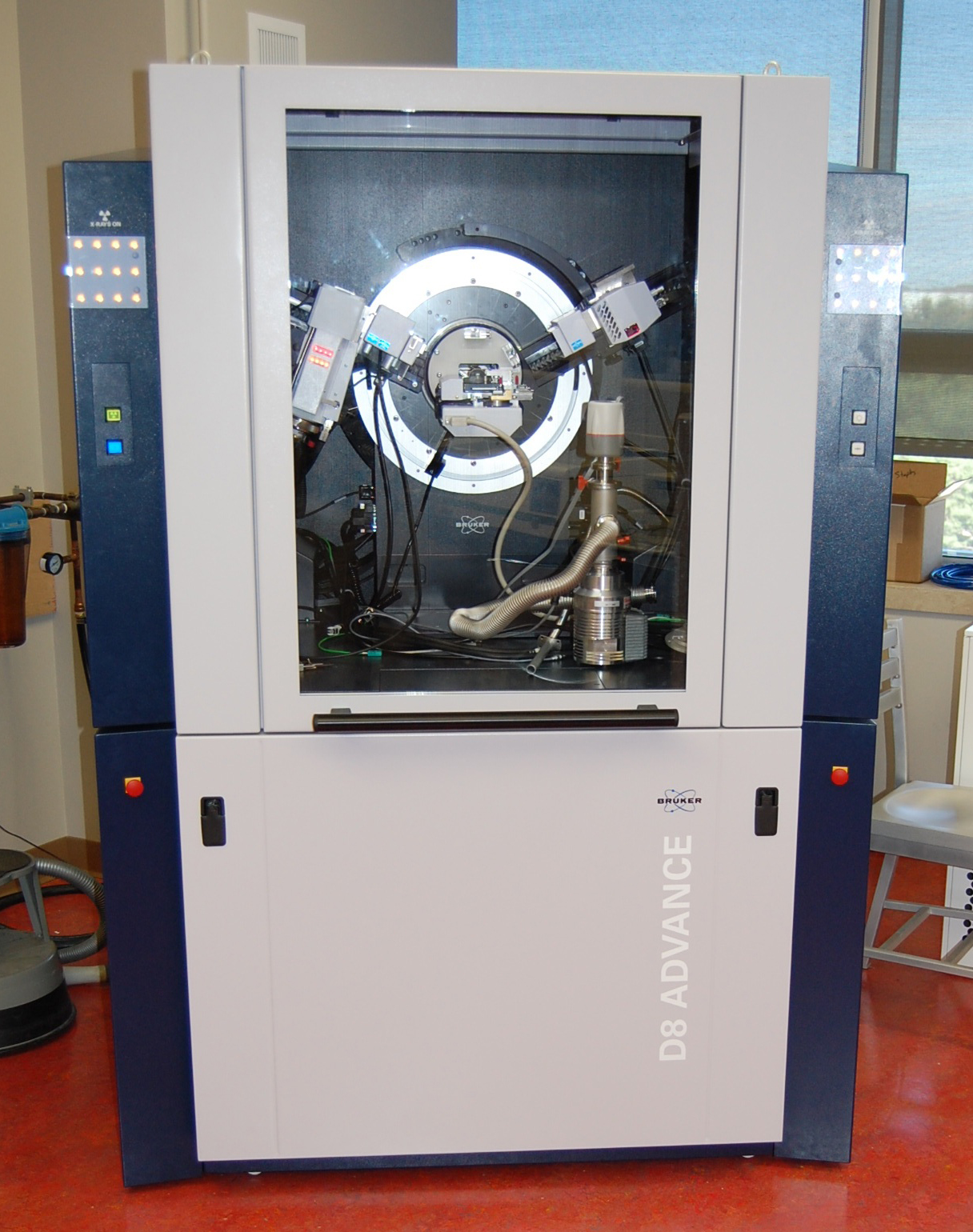
The Bruker Davinci Diffractometer is in room 582 and is a standard phase ID diffractometer running on Copper Radiation via Slits. We have different stages available for use on this instrument. The two most popular are the wide range MRI unit for temperature studies and the high temperature capillary stage.
MRI Temperature Stage For Powder Diffractometer
| "TC-Wide Range" The TC-Wide Range is a high temperature vacuum chamber designed for and operational temperature range from -190°C up to +450°C when used with liquid nitrogen. If the cooling head is removed from the chamber and the PtRh-heater band is used standalone the chamber has an operational temperature range from room temperature up to 1600°C. The sample environment can be vacuum or an air. The 12mm wide Kapton X-ray window ranges from 10° up to 190° in 2Theta. The water-cooled front lid with sample observing window can be mounted and removed without tools. | 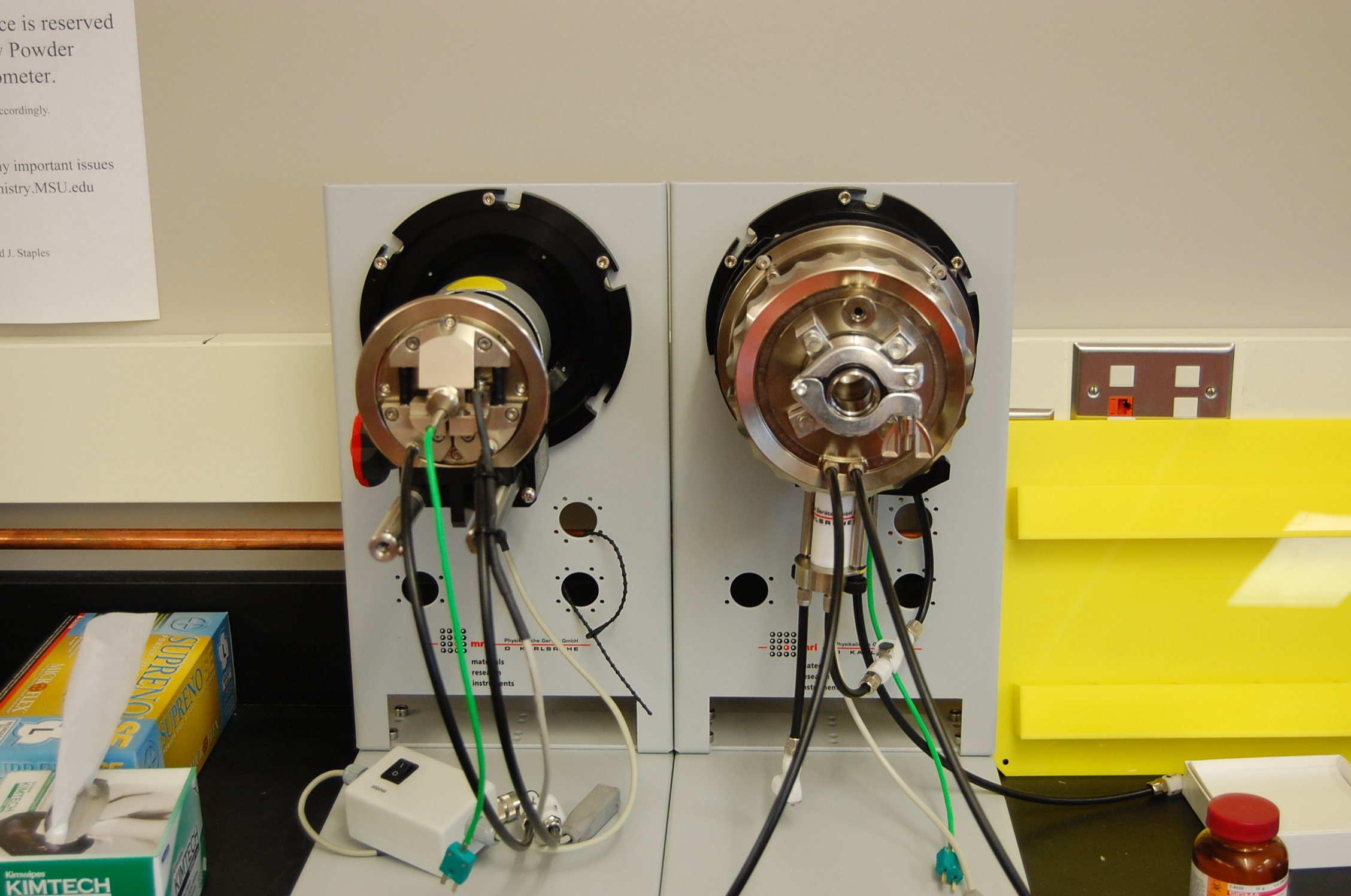 |
Capillary Sample Stage
Sample changer equipped with a goniometer head for measurement of capillary samples, includes standard goniometer head (64 mm). A synchronous drive enables rotation of the sample during measurement. Alignment of the sample is done using the alignment microscope which is to be fixed to the outer goniometer circle.
Capillary Heating Sample Stage
Sample changer equipped with a goniometer head for measurement of capillary samples, includes standard goniometer head (64 mm). A synchronous drive enables rotation of the sample during measurement. Alignment of the sample is done using the alignment microscope which is to be fixed to the outer goniometer circle. - Temperature range: room temperature up to 1000° C
- X-ray window: Aluminium foil, opening: 7 mm high, -5° up to 70° and 110° up to 185°